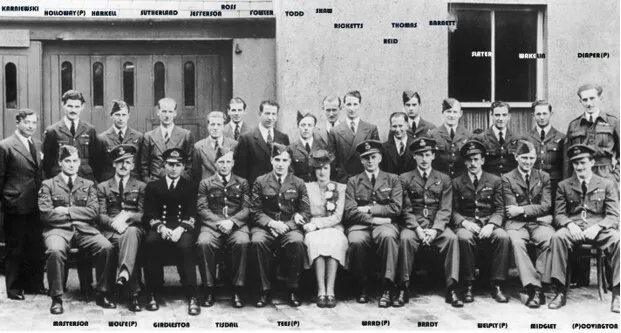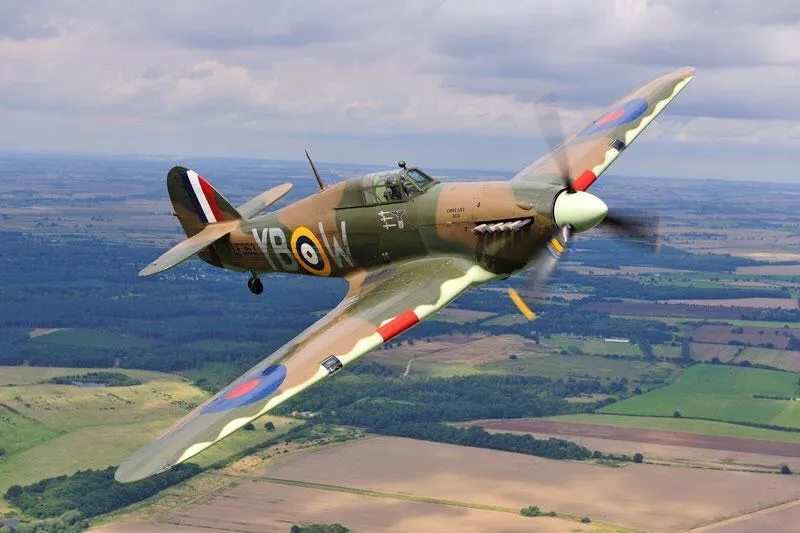Sergeant Roswell Frank Tees R/66043 Hurricane IIb Z5070, he was a member of 32 Sqn RAF, the aircraft doesn't appear as a Canadian registered airframe, but the pilot was RCAF, he was interned in Ireland and released in October 1943, seems he met a local girl and got married (Source: Malcolm Deely)



